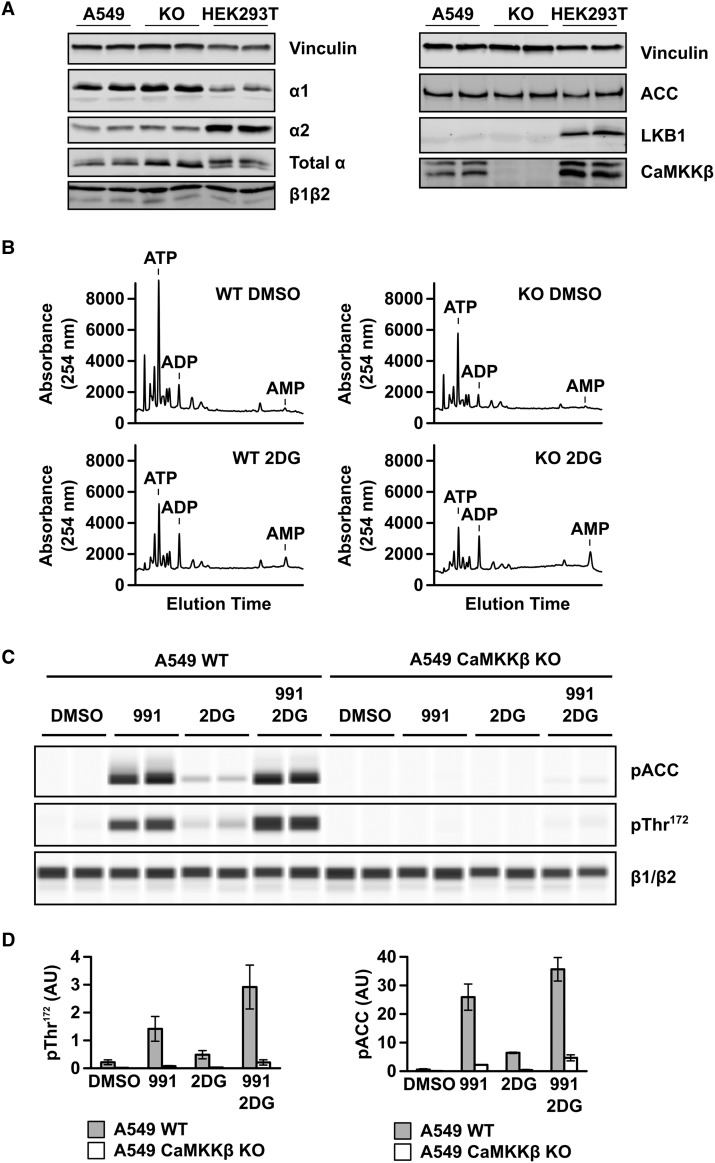Figure 5. Effect of deletion of CaMKKβ on Thr172 and ACC phosphorylation in A549 cells.
The CRISPR–Cas 9 system was used to delete CaMKKβ in A549 cells (which lack endogenous LKB1 expression). (A) Western blot analysis of the parental A549 cells and the CaMKKβ KO cell line with antibodies against ACC, AMPKα1, α2, pan-α, pan-AMPKβ, CaMKKβ and LKB1. For comparison, HEK293T cell lysate is included. Vinculin expression is shown as a total protein loading control. In all cases, duplicate samples from independent cell preparations are analysed. (B) Nucleotide content of prechloric acid extracts of parental or CaMKKβ KO A549 cells, incubated with or without 12 mM 2DG for 60 min, was determined by capillary electrophoresis. In each case, a representative trace showing UV absorbance at 254 nm is shown and the migration of adenine nucleotide standards is indicated on the traces. (C) Parental and CaMKKβ KO A549 cells were treated with 991 (5 µM), 2DG (12 mM) or both 991 and 2DG, for 60 min. Cell lysates were resolved by capillary electrophoresis and the levels of ACC and Thr172 phosphorylation, together with AMPK β-subunit expression, were determined. In each case, a representative blot with two independent samples is shown. (D) Quantification of the blots shown in (C) determined by chemiluminescence. Results are shown as mean ± SEM for three independent experiments and are plotted as arbitrary units (AU).

